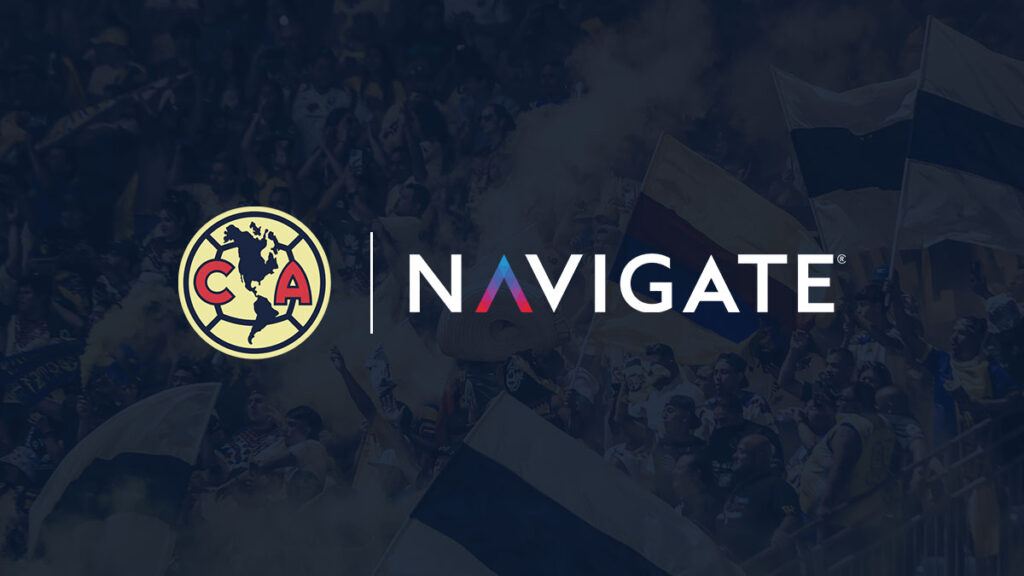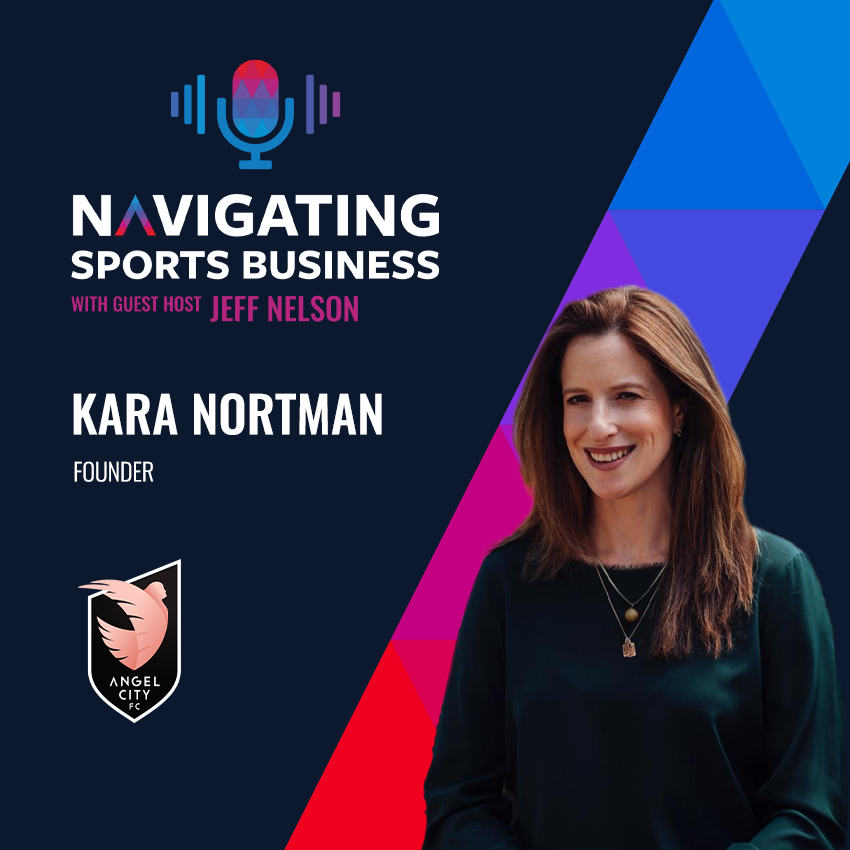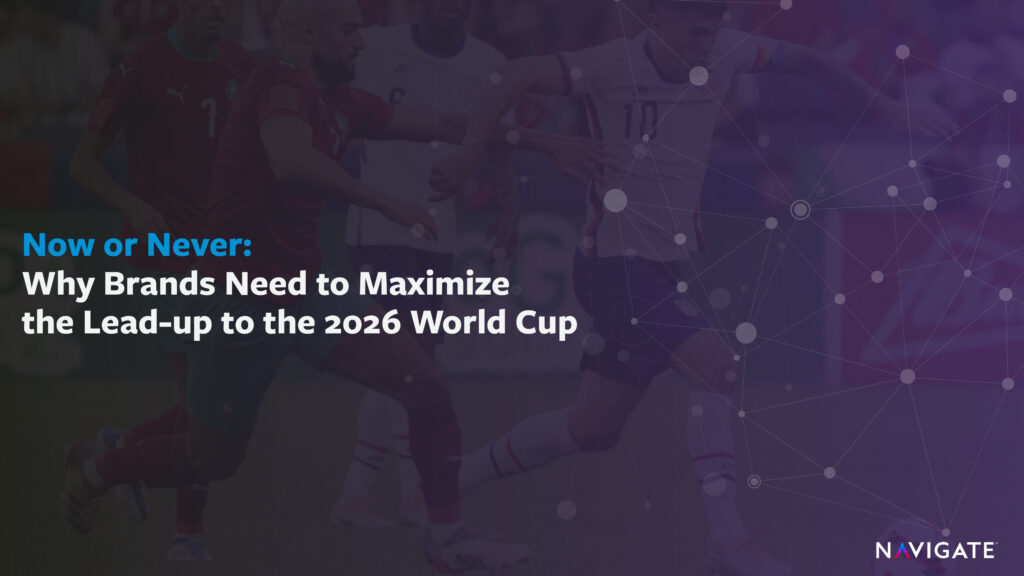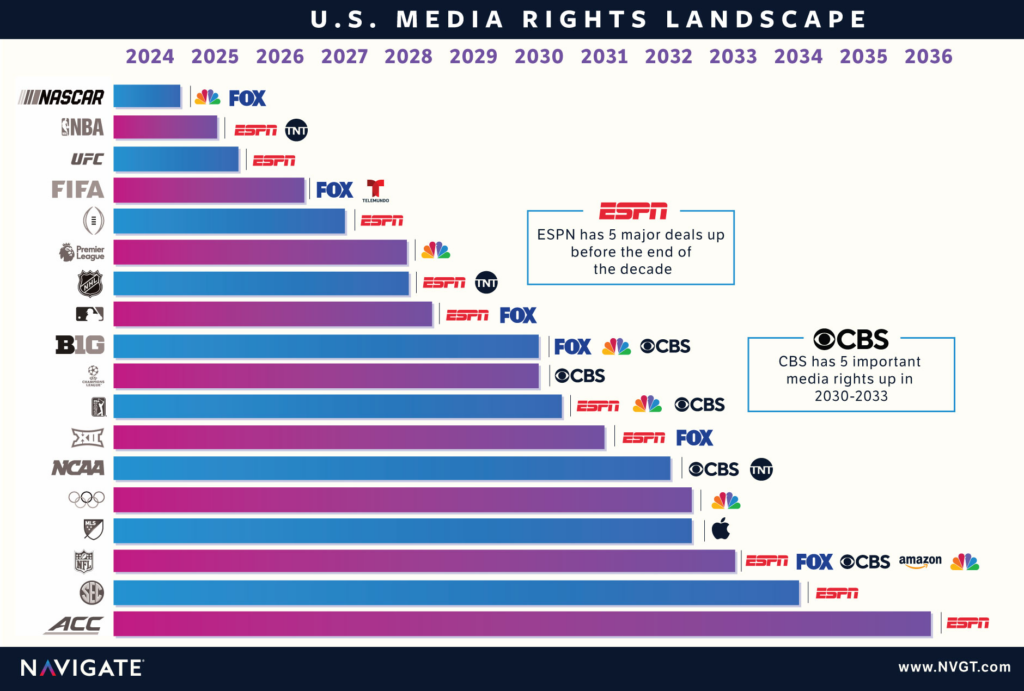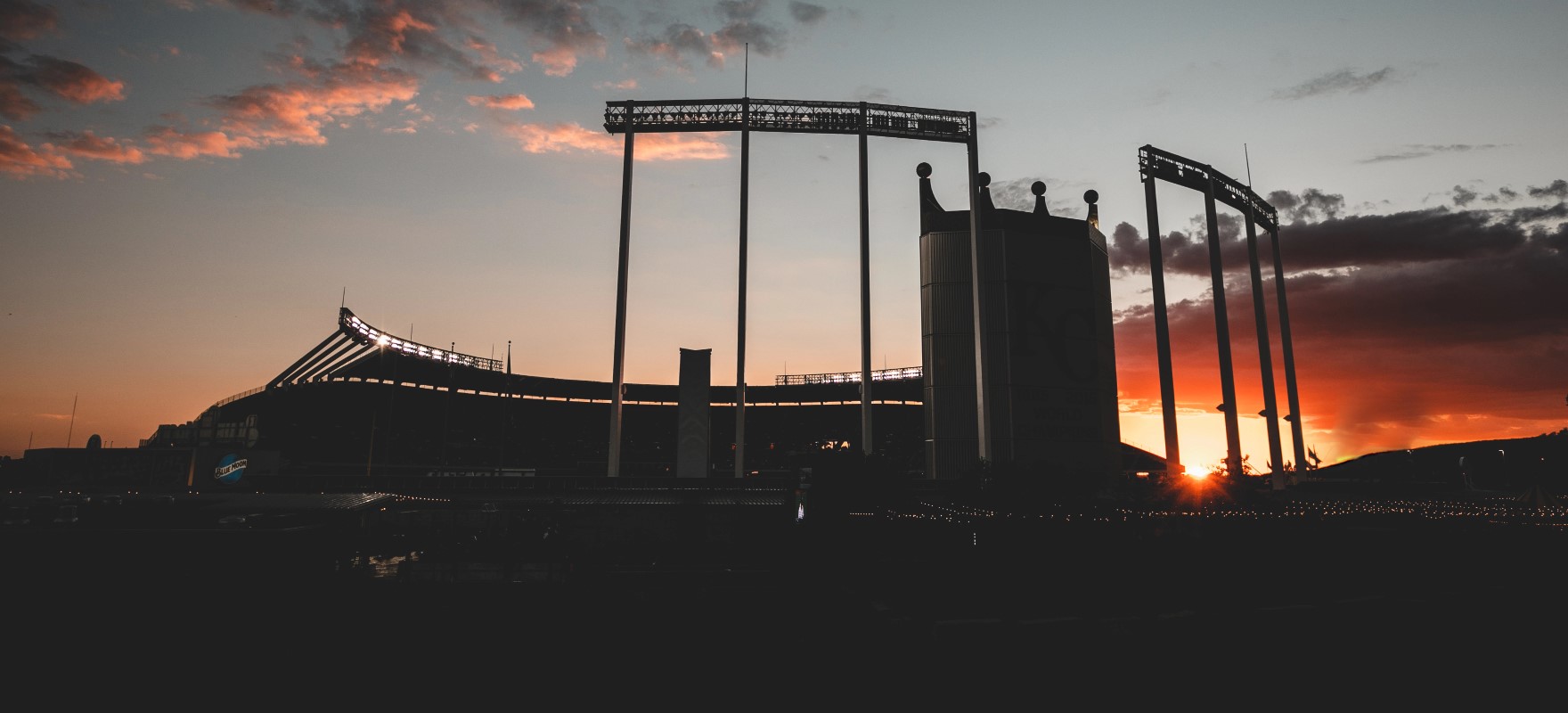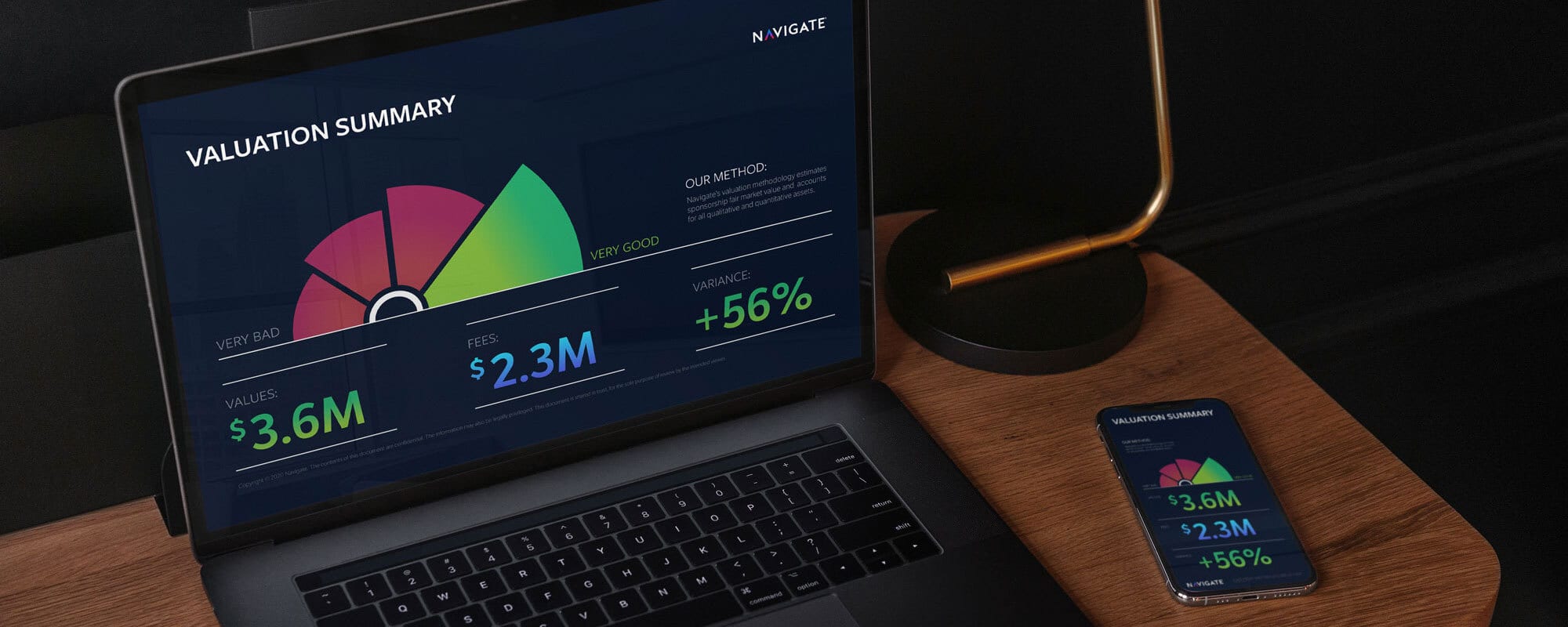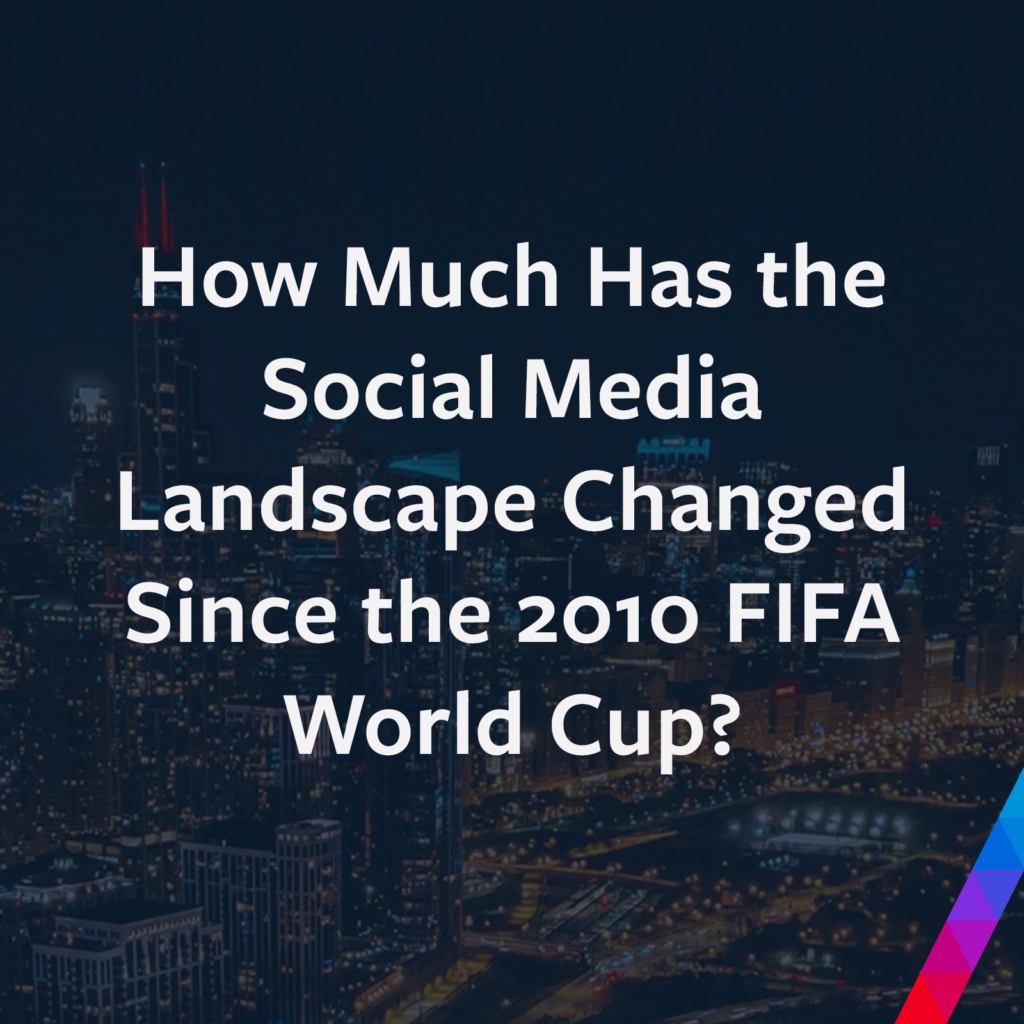
How Much Has the Social Media Landscape Changed Since the 2010 FIFA World Cup?
Before the 2014 World Cup kicked off, an enormous flag was unfurled which covered most of the pitch. Featuring a unique design from Brazilian street artist Speto, the flag was created using over 200,000 pictures sent in from fans across the world. This is one of the more unique ideas implemented by Coca-Cola to engage with consumers via social media during this World Cup.
The 2014 World Cup is really the first to take place at a time when fans can interact with each other from all around the globe. Although Facebook and Twitter existed in 2010, they were not nearly as popular as they are now. In 2010, Facebook had about 177million users, while Twitter had just 20 million. Fast forward 4 years and Facebook now has 1.2 billion users, with Twitter increasing its users over twelve fold, up to 255 million users.
Facebook 2010: 177 million users
Facebook 2014: 1.2 billion users
Twitter 2010: 20 million users
Twitter 2014: 255 million users
Sponsors now have the opportunity to reach fans in a completely different way than past World Cups. Instead of airing commercials or just activating on site, sponsors can now interact with fans across the world on a nearly personal level. For example, Coca-Cola is one of the official sponsors of the World Cup. The company has made it a priority to engage with fans via social media, and it’s easy to see why. In 2010, Coke had 4.1 million likes on Facebook page and a paltry 14,000 followers on Twitter. As of today, Coke has 84 million likes on Facebook and 2.5 million followers on Twitter.
Coke 2010: 4.1 million FB “likes”, 14,000 Twitter followers
Coke 2014: 84 million Likes, 2.5 million Twitter followers
To put that into perspective, let’s see how that affects two main aspects of sponsorship: value and awareness.
Based on the potential impressions of Coke’s social media networks, the combined value of one Facebook post and one Tweet in 2010 would have been under $5,000. After the substantial growth of the social networks the past four years, the same combination of one Facebook post and one Tweet would be worth over $100,000 for Coke. Considering Coke averages about 50 tweets a day, the potential value derived from social media alone is quite substantial.
While the potential value is important, it means nothing if people aren’t aware of the sponsorship. According to the Social Media Scoreboard, a study conducted by Navigate Research and Wasserman Media Group, 25 percent of sports fans recall a sponsorship within social media channels. The 25 percent who recall a sponsorship are then 78 percent more likely to perceive that brand positively because of their association with an event.
When you take into account the sheer volume of people on social media for this World Cup, it becomes apparent why sponsors are targeting this medium.

